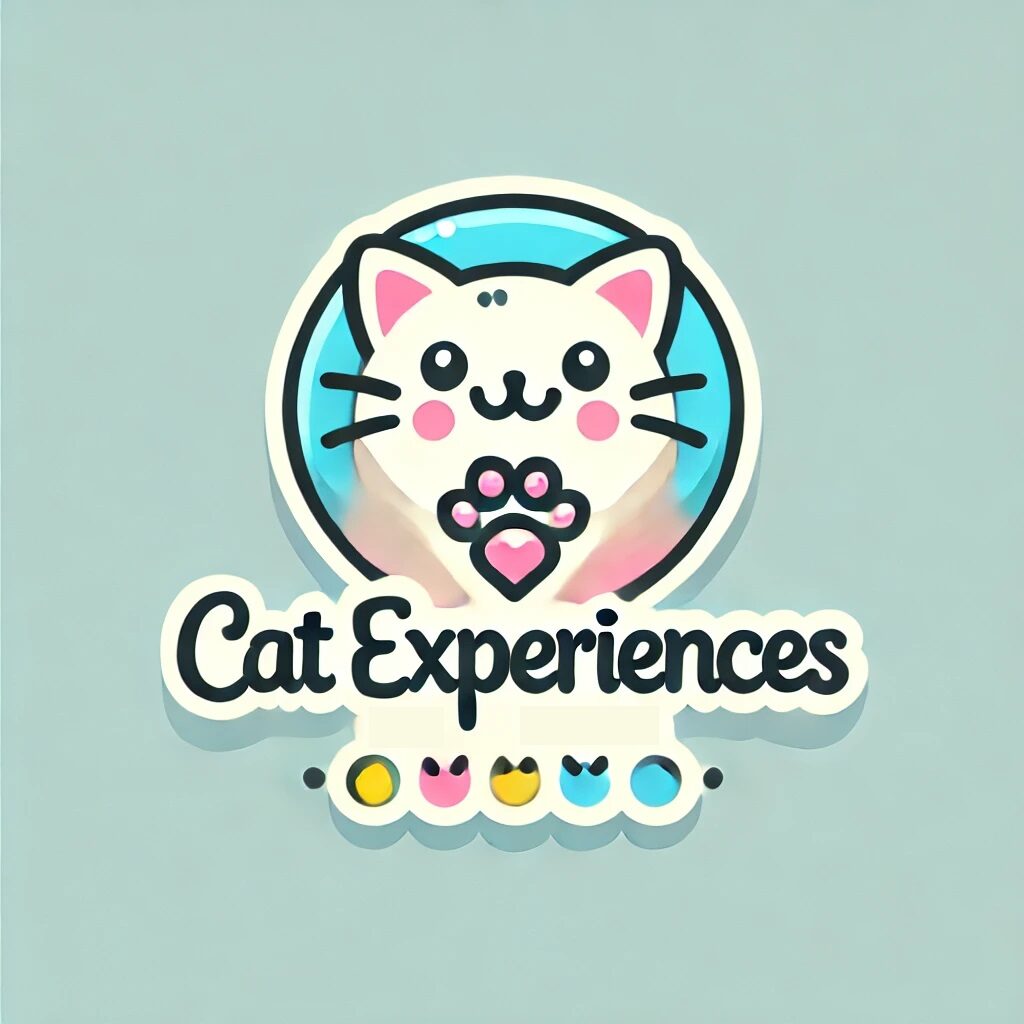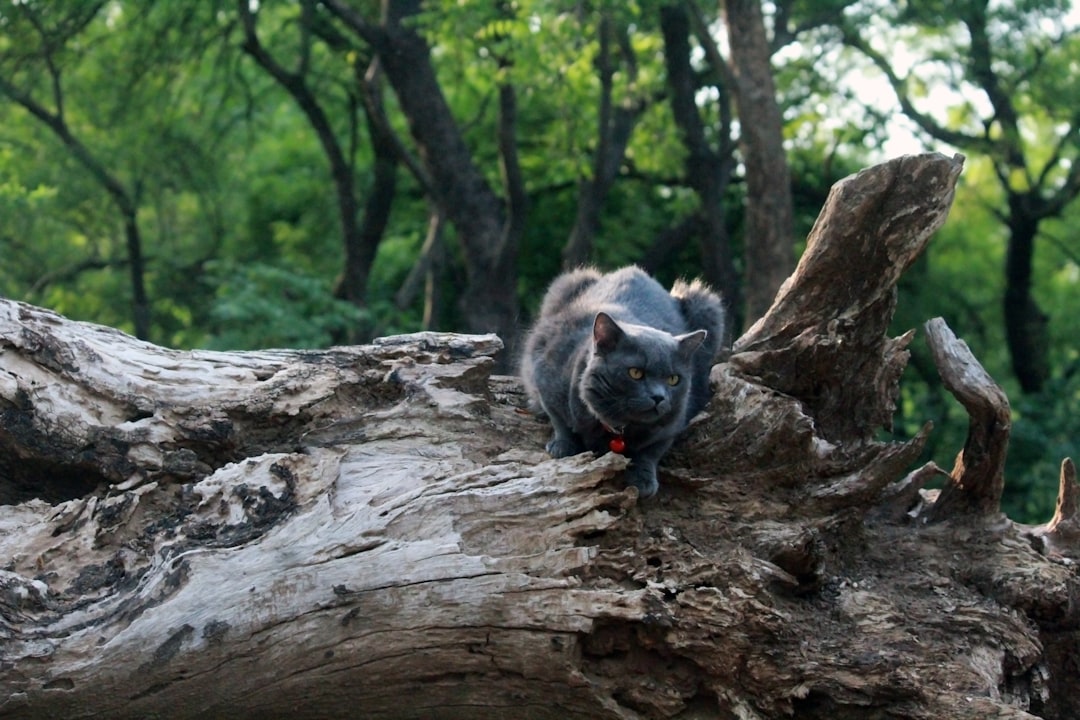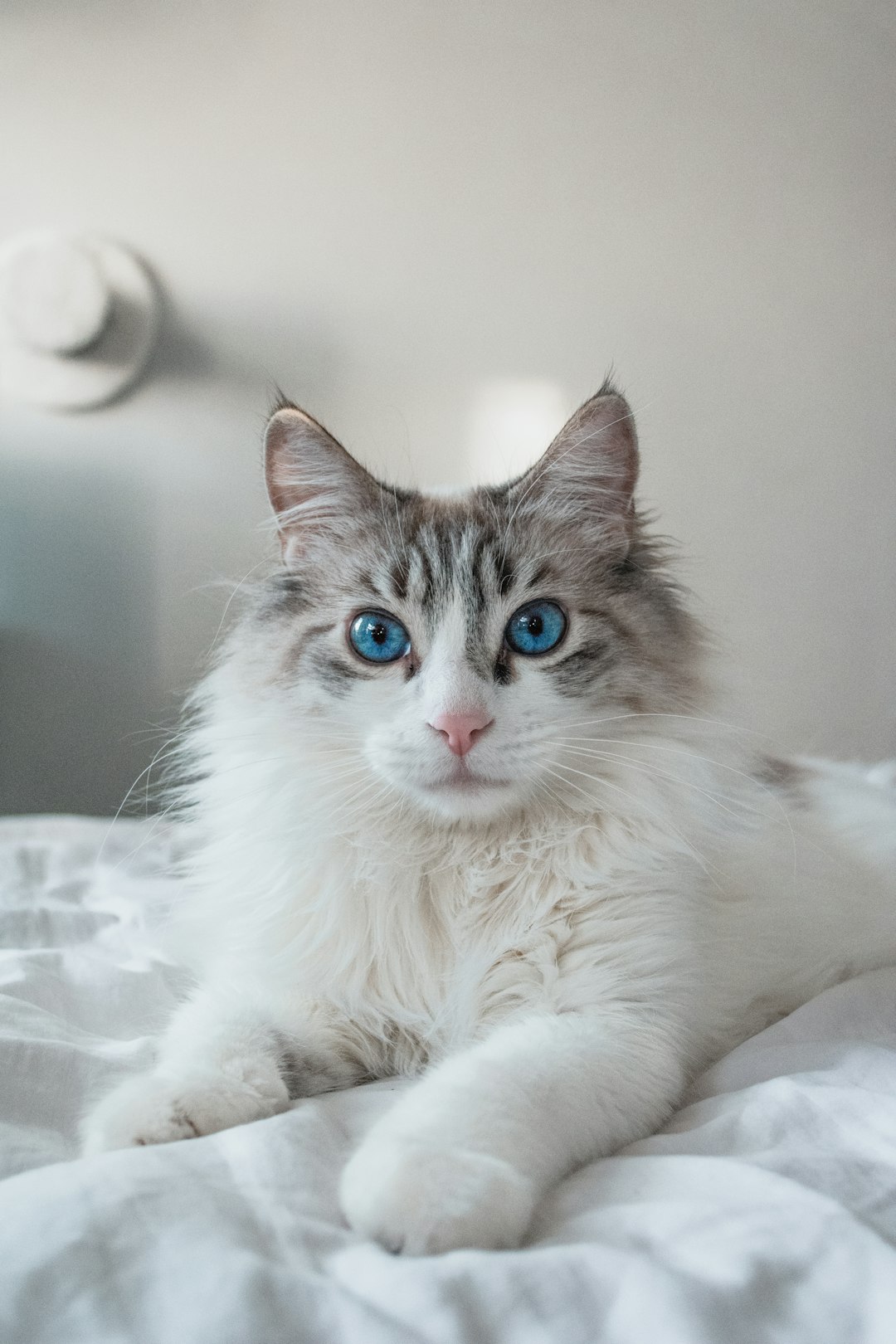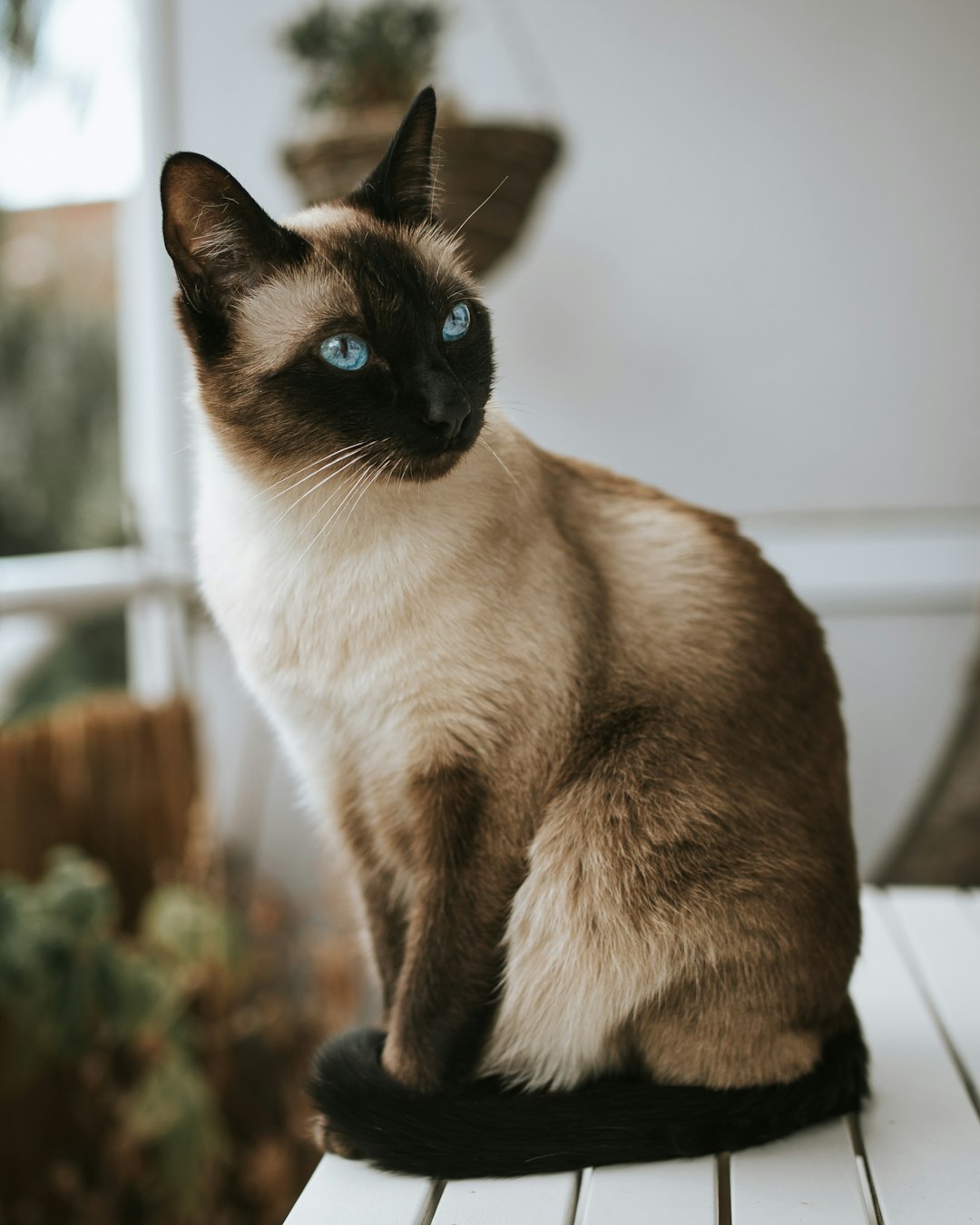Maintaining a healthy weight is crucial for your cat’s overall well-being and longevity. Unfortunately, many felines struggle with obesity, which can lead to serious health issues like diabetes and joint problems. To combat this, selecting the best weight control cat food plays an essential role in your pet’s diet and health management. In this blog post, we will explore various aspects of weight control in cats, including their unique nutritional needs, recommended brands, and even options for home-cooked meals. Additionally, we will discuss practical feeding guidelines, effective weight loss plans, and the importance of regular exercise and vet check-ups. By understanding these factors, you can take proactive steps toward ensuring a fit and happy life for your furry friend.
Understanding Weight Control in Cats
The Importance of Maintaining Healthy Weight
Maintaining a healthy weight is essential for your cat’s overall well-being. Obesity can lead to various health issues, including:
- Diabetes: Excess weight can make cats insulin resistant.
- Arthritis: More weight means more stress on joints, leading to pain and mobility issues.
- Heart Problems: Obese cats are at a higher risk for cardiovascular diseases.
- Shortened Lifespan: Maintaining a healthy weight can significantly increase your cat’s lifespan.
Factors Contributing to Obesity in Cats
Understanding what leads to obesity in cats helps in weight management. Key factors include:
| Factor | Description |
|---|---|
| Diet | High-calorie, low-nutrient foods can contribute significantly. |
| Lack of Exercise | Indoor cats, especially, may not get enough physical activity. |
| Genetics | Some breeds are more prone to obesity than others. |
| Age | Metabolism slows down with age, increasing the risk of obesity. |
Signs Your Cat Might Need Weight Control
To evaluate if your cat needs a weight management plan, watch for these signs:
- Visible Rib Cage: Difficulty in feeling ribs might indicate overweight status.
- Difficulty Grooming: Cats may struggle to clean themselves if they’re overweight.
- Lethargy: An increase in sleeping or reduced activity can signal excessive weight.
- Change in Eating Habits: Increased appetite or begging might warrant attention.
Recognizing these signs can lead to timely action and ensure your feline friend remains fit. By understanding these critical aspects, you set a solid foundation for choosing the best weight control cat food for your beloved pet.
Nutritional Needs of Overweight Cats
When addressing the dietary requirements of overweight cats, it is crucial to understand their unique nutritional needs. Proper nutrition can significantly aid in weight management while ensuring your feline friend remains happy and healthy. Here’s a detailed look into essential components.
Macronutrients and Their Role
Cats require a balanced intake of macronutrients, which include proteins, fats, and carbohydrates. Each plays a vital role:
- Proteins: Aids in muscle maintenance, especially during weight loss.
- Fats: Provides energy and helps absorb essential vitamins. Look for healthy fats like omega-3 fatty acids.
- Carbohydrates: Should be limited; however, high-fiber options can assist in digestion and promote satiety.
Understanding Caloric Requirements
Caloric intake is crucial in managing your cat’s weight. Here’s a simplified breakdown:
| Category | Approximate Calories per Day |
|---|---|
| Weight Maintenance | 20 calories per pound |
| Weight Loss | 10-15 calories per pound |
Remember, these values can vary based on age, activity level, and overall health.
Essential Vitamins and Minerals
A well-rounded diet isn’t just about macronutrients; it also includes essential vitamins and minerals:
- Taurine: Supports heart health and vision.
- Omega-3 Fatty Acids: Promotes a shiny coat and skin health.
- Fiber: Improves digestion and promotes weight loss by helping cats feel full.
Incorporating these nutrients into the best weight control cat food will help ensure your overweight cat’s dietary needs are met while promoting effective weight management. It’s always recommended to consult with a veterinarian to tailor the diet specific to your cat’s condition.
Choosing the Right Weight Control Cat Food
Selecting the best weight control cat food for your feline friend is a crucial step in managing their weight effectively. With numerous options available, it’s important to understand what makes a food appropriate for weight control. Here’s a guide to help you through the selection process.
Reading Labels: What to Look For
When examining cat food labels, focus on:
- Caloric Content: Look for foods specifically designed for weight control with lower calories per serving.
- Fibre: A high-fibre content helps your cat feel fuller longer.
- Ingredients: Identify quality protein sources and avoid fillers like corn or soy.
- Fat Levels: Choose options with moderate, healthy fats.
Comparing Wet vs. Dry Cat Food
Both wet and dry cat food have their advantages and disadvantages.
| Feature | Wet Cat Food | Dry Cat Food |
|---|---|---|
| Moisture Content | High (around 75%) | Low (about 10%) |
| Calories | Typically lower in density | Higher density per volume |
| Palatability | Generally more enticing | Varied, dependent on brand |
| Convenience | Requires refrigeration after opening | Easy to store and measure |
Deciding between these options often depends on your cat’s preferences as well as their specific health needs.
The Importance of Protein Quality
Quality of protein is paramount in best weight control cat food. Opt for animal-based proteins like chicken, turkey, or fish, as they:
- Provide essential amino acids.
- Promote muscle maintenance during weight loss.
- Enhance palatability, encouraging your cat to eat.
In conclusion, choosing the right weight control cat food involves examining labels carefully, weighing the pros and cons of wet versus dry food, and prioritizing high-quality protein. By focusing on these factors, you’ll set the foundation for your cat’s weight management journey.
Top Brands for Weight Control Cat Food
Overview of Popular Brands
When it comes to providing your feline friend with a healthy diet, several brands stand out for their effective best weight control cat food options. These brands have developed specialized formulas to promote weight management in cats while ensuring they receive essential nutrients. Here are some top choices:
- Hill’s Science Diet: Known for its veterinary-recommended formulas, Hill’s offers a variety of weight control options that are rich in fiber and low in calories.
- Royal Canin: This brand tailors its recipes to specific breeds and health needs, providing targeted weight management formulations.
- Purina Pro Plan: With a focus on high-quality protein, Purina’s weight control offerings aim to support lean muscle mass.
- Wellness CORE: This brand features grain-free recipes that are high in protein and low in fat, catering to the nutritional needs of overweight cats.
Customer Reviews and Ratings
Customer feedback plays a crucial role in assessing the quality of weight control cat food. Here’s a summary of customer experiences across the aforementioned brands:
| Brand | Average Rating | Common Feedback |
|---|---|---|
| Hill’s Science Diet | 4.5/5 | Cats love the taste. |
| Royal Canin | 4.7/5 | Effective results for weight loss. |
| Purina Pro Plan | 4.4/5 | Good for picky eaters. |
| Wellness CORE | 4.6/5 | High protein content praised. |
Nutritional Breakdown of Each Brand
Understanding the nutritional composition aids in making an informed decision. Below is a table highlighting the key nutritional components:
| Brand | Protein (Minimum) | Fat (Maximum) | Fiber (Minimum) | Calories (per cup) |
|---|---|---|---|---|
| Hill’s Science Diet | 32% | 9% | 15% | 250 |
| Royal Canin | 30% | 12% | 13% | 295 |
| Purina Pro Plan | 37% | 9% | 14% | 360 |
| Wellness CORE | 38% | 15% | 10% | 400 |
These brands provide a variety of nutritional benefits designed to foster weight control while satisfying your cat’s palate. Always consider your cat’s individual needs and consult with your veterinarian when switching foods.
Home Cooked Diets for Weight Control
Preparing homemade meals for your cat can be a great way to take control of their diet while ensuring they receive the necessary nutrients. Below, we’ll delve into the benefits, key ingredients, and some simple recipe ideas to help your feline friend maintain a healthy weight.
Benefits of Homemade Meals
- Customization: Tailor meals to your cat’s preferences and dietary needs.
- Quality Control: Know exactly what ingredients are included, avoiding unnecessary fillers and preservatives.
- Cost-Effective: Often less expensive than high-end commercial diet foods.
- Bonding Opportunity: Preparing food can enhance the bond between you and your pet.
Key Ingredients for Weight Control
To create balanced meals, focus on incorporating the following ingredients:
| Ingredient | Benefits |
|---|---|
| Lean Proteins | Chicken, turkey, and fish aid muscle maintenance while promoting satiety. |
| Low-Carbohydrate Veggies | Vegetables such as green beans and peas provide fiber without adding too many calories. |
| Healthy Fats | Incorporate omega-3 sources, like fish oil, for overall health without calorie overload. |
| Moderate Grains | Small amounts of grains like brown rice or oats can be included for energy, but should not be the primary ingredient. |
Recipe Ideas for Healthy Cat Meals
Here are a couple of simple recipes that provide balanced nutrition:
- Chicken & Green Bean Stew
- Ingredients: 1 cup diced chicken breast, ½ cup chopped green beans, 1 cup low-sodium chicken broth.
- Instructions: Cook chicken in a pan until browned, add beans and broth, cover, and simmer until cooked through. Let it cool and serve!
- Fish & Veggie Mix
- Ingredients: 1 cup canned tuna in water, ½ cup steamed carrots, 1 tablespoon fish oil.
- Instructions: Mix tuna with mashed carrots and drizzle with fish oil before serving.
Remember, while Best weight control cat food can help manage your cat’s weight, combining it with homemade meals can provide variety and freshness in their diet!
Understanding Feeding Guidelines
Feeding your cat appropriately is crucial for maintaining a healthy weight. Understanding feeding guidelines can help you provide the right nutrition while promoting your cat’s overall well-being.
How Much to Feed Your Cat
The quantity of food you should provide largely depends on your cat’s age, weight, and activity level. Here are some general guidelines:
- Kittens: 3 to 5 meals per day, depending on their growth stage.
- Adult Cats: Generally require 20 calories per pound of body weight to maintain their weight.
- Overweight Cats: Typically need about 15 calories per pound for gradual weight loss.
Frequency of Feeding
The frequency of feeding can significantly influence your cat’s metabolism and weight management:
- Free Feeding: Leaving food out all day can lead to overeating. This method is not recommended for weight control.
- Scheduled Meals: Aim for 2 to 3 meals a day. It helps regulate your cat’s appetite and provides a routine.
- Portion Control: Use a measuring cup to ensure that you provide the right amount of food, avoiding unintentional overfeeding.
Adjusting Portions for Weight Loss
When aiming for weight loss, careful portion adjustment is essential:
- Gradual Reduction: Cut down your cat’s total caloric intake by 10-20%.
- Monitor Progress: Weigh your cat every few weeks to gauge weight loss. Adjust portions as necessary while consulting your vet.
- **Switch to Best weight control cat food: Opt for specially formulated weight control diets that are lower in calories but high in fiber to help your cat feel full.
By following these feeding guidelines, you can significantly improve your cat’s chances of reaching a healthy weight and staying fit.
Creating a Weight Loss Plan for Your Cat
Creating a weight loss plan for your cat is crucial for their overall health and well-being. Here are some essential steps to ensure a successful weight management strategy.
Consulting Your Veterinarian
Before embarking on a weight loss journey, it’s vital to consult your veterinarian. They can:
- Assess your cat’s current weight and overall health.
- Provide personalized recommendations based on age, breed, and existing health conditions.
- Rule out any underlying medical issues that could contribute to weight gain.
Setting Realistic Goals
Establishing achievable targets is key to maintaining motivation. Consider the following:
| Goal Type | Recommendations |
|---|---|
| Short-term | Aim for a safe weight loss of 1-2% of body weight per week. |
| Long-term | Set a timeline for reaching the desired weight, generally within 6-12 months. |
| Behavioral | Encourage positive habits, like regular feeding times and portion control. |
Monitoring Progress Regularly
Tracking your cat’s progress can help maintain momentum. Use the following methods:
- Weigh your cat weekly to monitor changes.
- Take photos to visually document progress.
- Keep a journal of eating habits and activity levels.
Remember, patience is essential! By implementing a well-structured weight loss plan, alongside the best weight control cat food, you can keep your feline family member healthy and fit while promoting a happier lifestyle.
Incorporating Exercise into Your Cat’s Routine
Engaging your cat in regular exercise is essential for maintaining a healthy weight and overall well-being. Integrating physical activity into your cat’s daily routine not only helps to burn calories but also promotes mental stimulation. Here’s how to effectively encourage your feline friend to stay active.
Fun Activities to Encourage Movement
- Playtime: Dedicate at least 15-30 minutes a day to interactive play with your cat. Use toys like feather wands or laser pointers to stimulate their natural hunting instincts.
- Hide and Seek: Hide treats around the house for your cat to find. This encourages them to explore and move around while searching for their reward.
Creating an Engaging Environment
- Vertical Space: Cats love to climb! Providing cat trees or wall shelves can encourage them to jump and climb, which is excellent for exercise.
- Safe Outdoors: If possible, consider a secure outdoor catio where your cat can explore safely. Fresh air and new sights can energize your kitty.
Using Toys and Tools to Promote Fitness
| Type of Toy | Description | Benefits |
|---|---|---|
| Interactive Toys | Battery-operated toys that mimic prey. | Keeps cats engaged and active. |
| Puzzle Feeders | Slow feeders that require problem-solving to access food. | Stimulates the mind and body. |
| Balls and Mice | Small, lightweight toys that cats can chase. | Encourages running and pouncing. |
By utilizing these strategies, you can successfully incorporate exercise into your cat’s routine, enhancing their fitness and health. Given the importance of physical activity alongside proper nutrition—such as best weight control cat food—it makes a significant difference in managing your kitty’s weight and promoting a happy, healthy life.
The Role of Regular Vet Check-ups
Importance of Weight Monitoring
Regular veterinary check-ups are essential in managing your cat’s weight. Routine visits allow veterinarians to weigh your cat accurately, helping you stay informed about any weight fluctuations. A consistent weighing schedule can yield valuable insights into:
- Weight trends: Identifying gradual weight gain or loss over time.
- Ideal weight range: Establishing a target weight tailored to your cat’s breed and age.
- Assessment of body condition score (BCS): A systematic way to evaluate whether your cat is underweight, ideal, or overweight.
Health Assessments for Obese Cats
Cats that struggle with their weight often face a range of health issues. Therefore, regular vet evaluations are crucial for overweight cats. During check-ups, vets typically perform:
- Complete health exams: To assess overall well-being and detect potential health issues early.
- Blood tests: Evaluating thyroid function and checking for diabetes or organ conditions.
- Urinalysis: Identifying issues such as urinary tract infections that can occur due to obesity.
Addressing Underlying Health Issues
Sometimes, weight gain in cats can result from underlying medical conditions. Regular vet visits enable you to:
- Diagnose hormonal imbalances: Conditions like hypothyroidism can contribute to weight gain.
- Manage chronic issues: Addressing problems such as arthritis, which may limit a cat’s ability to exercise.
- Tailored diet recommendations: Providing the necessary dietary adjustments that align with your cat’s health status.
Ultimately, regular veterinary check-ups play a pivotal role in ensuring your cat maintains a healthy weight. They help detect and manage problems early, guiding you toward the best weight control cat food options and necessary lifestyle changes.
Frequently Asked Questions
What should I look for in weight control cat food?
When selecting a weight control cat food, it’s essential to look for high-quality protein sources as the primary ingredient, followed by a balanced composition of fats and carbohydrates. Ensure the food contains added fiber to promote satiety and regulate your cat’s digestive system. Also, check the calorie content of the food; it should be lower than regular cat food but still provide essential nutrients. Look for added vitamins and minerals to support overall health.
How do I know if my cat needs weight control food?
To determine if your cat needs weight control food, you should assess their body condition score (BCS). A healthy cat should have a defined waist and easily palpable ribs. If your cat is overweight or has difficulty grooming themselves or moving around, consult your veterinarian for guidance. Professional advice will help ensure that your cat’s diet meets their specific needs, and switching to weight control food can be beneficial if they fall into the overweight category.
Can weight control cat food cause any health issues?
Generally, weight control cat food is formulated to provide a balanced diet while promoting gradual weight loss. However, if misused, it might lead to nutritional deficiencies. It’s crucial to follow feeding guidelines and consult your vet before transitioning your cat’s diet. Some cats may also experience gastrointestinal discomfort when changing diets, so a gradual transition over a week is recommended. Monitoring your cat’s health during this process will help identify any potential issues.
How much weight can my cat safely lose with weight control food?
A safe and effective weight loss rate for cats is typically about 1% to 2% of their body weight per week. This means, if your cat weighs 10 pounds, a weight loss of 0.1 to 0.2 pounds each week is ideal. Weight control food can help achieve this gradual reduction in weight when coupled with proper portion control and regular exercise. Regular check-ups with your veterinarian can assist in tracking progress and ensuring your cat’s health remains optimal throughout the weight loss journey.
Are there specific brands recommended for weight control cat food?
Many reputable brands offer quality weight control cat food. Some popular recommendations include Royal Canin, Hill’s Science Diet, and Purina Pro Plan. These brands provide various formulations designed to meet the specific nutritional needs of overweight cats. However, the best choice will depend on your cat’s preferences, health requirements, and any dietary restrictions. Always consult your veterinarian for personalized recommendations tailored to your cat’s individual needs.



